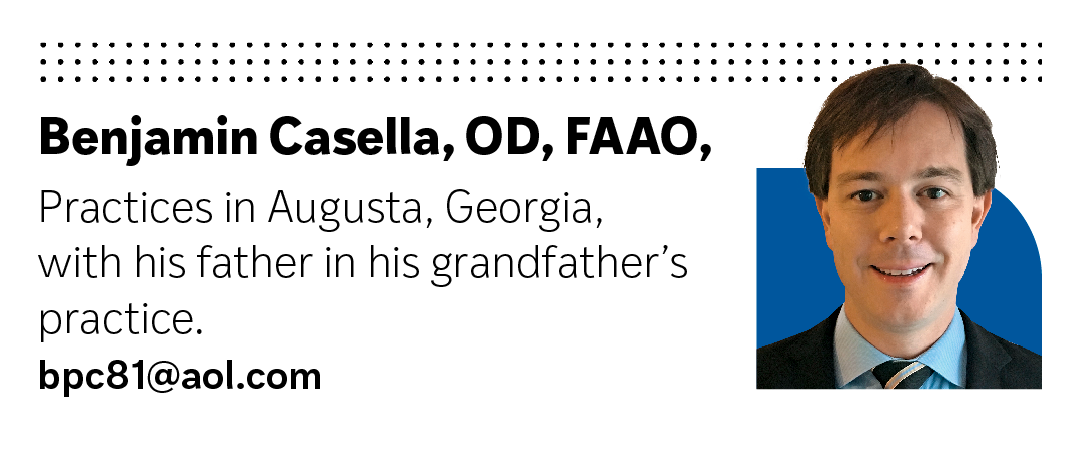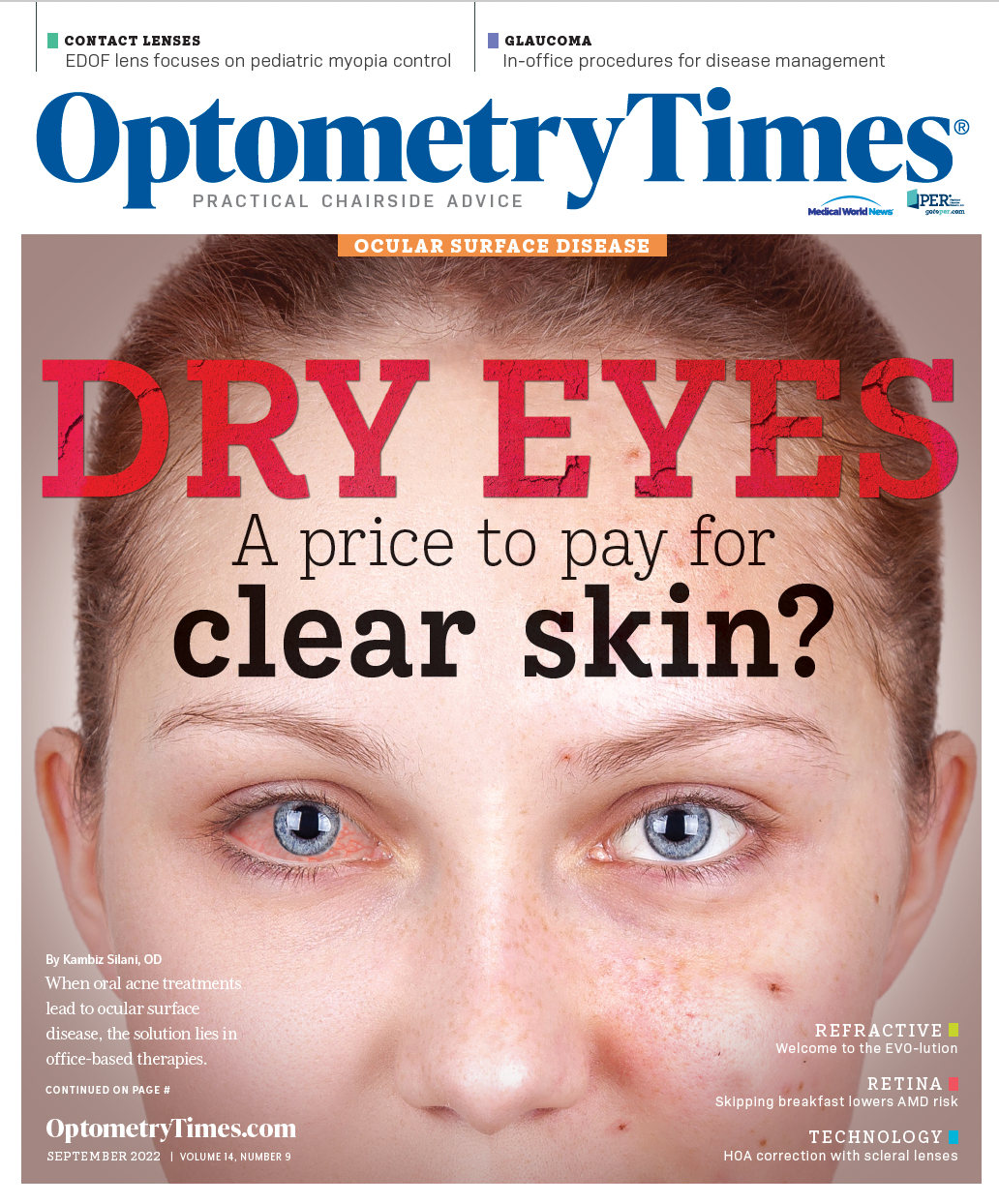Importance of communication between providers
Recent patient situation stresses needs for peer-to-peer discourse.
Now and again I am reminded of how important it is to have the best communication possible between health care providers. A recent phone conversation I had with a patient’s cardiologist was no exception to that rule.
The patient was a 79-year-old man who had established care with me for primary open-angle glaucoma approximately a year prior. He had a longstanding diagnosis of this condition and had not been seen for follow-up care in some time.

He said he had undergone cataract surgery several years ago and was diagnosed with glaucoma at the time of surgery. He told me he previously had been taking timolol twice a day in both eyes and that he had run out of refills sometime during the previous year.
His medical history was remarkable for systemic hypertension, which was managed with an angiotensin-converting enzyme inhibitor, and high cholesterol, which was managed with a statin. He reported no
medication allergies.
At his initial examination with me, his entering unaided distance visual acuities were 20/20-2 in the right eye and 20/20-1 in the left eye. Pupil function, extraocular muscle function, and gross visual field function were intact for each eye.
Slit lamp examination showed clear and quiet corneas with evidence of cataract extraction incisions, quiet conjunctivas, quiet lids and lashes, and open anterior chamber angles. Intraocular pressures (IOPs) attained by means of Goldmann applanation tonometry were 26 mm Hg for the right eye and 24 mm Hg for the left eye. Dilated posterior segment examination showed posterior chamber intraocular lenses to be clear and well centered in each eye. Retinas were flat and intact, there was a complete posterior vitreous detachment in each eye, and optic nerves were glaucomatous with an inferior notch in each eye and relatively thin retinal nerve fiber layers.
I took optic nerve head photos of each eye and asked the patient to return in 2 weeks for glaucoma-specific testing in the morning to gauge what his IOPs were throughout the day.
At this follow-up visit, unaided distance visual acuities were unchanged, and IOPs were 26 mm Hg in the right eye and 27 mm Hg in the left eye. Threshold visual field studies revealed super nasal step defects in each eye’s visual field, and optical coherence tomography studies showed thin ganglion cell complexes, as well as thin temporal retinal nerve fiber layers. Central corneal thickness values were 498 microns for the right eye and 507 microns for the left eye, and gonioscopy revealed angles open to the ciliary body with mild pigment and flat iris approaches in all quadrants for each eye.
At this point, I advised the patient that he still had glaucoma and that treatment was indicated. I started him on a prostaglandin analog to be instilled in each eye at bedtime and asked him for a follow-up visit to repeat the visual field study in a couple of months.
Then, several days later, his cardiologist called. He explained to me, quite frankly, that there was no good reason for this patient to be on timolol, as he had a history of difficulty walking up stairs and had recently fallen. Apparently, at the last cardiovascular checkup (which was before I prescribed anything), his pulse was very low. Of course, I was very concerned as I pulled up the patient’s chart.
Upon being reminded of this patient’s history, I explained that I had not prescribed timolol or any medication containing a beta-blocker. I then called the patient, who said that the cardiologist told him I had prescribed the wrong medication.
I thought for a moment and then asked the patient to retrieve the drops that I had prescribed and to spell the name of the medication. He spelled out the prostaglandin analog I had prescribed. Just to be sure, I asked him to confirm that the cap of the bottle was teal, which it was. He also confirmed there were no other eye medications in his house.
I then called the cardiologist back and reported all of this to him. His reply was that he was told that the drops were timolol. I convinced him otherwise and expressed my hopes that the patient would get some relief from his symptoms.
I moved on until a few weeks later when the cardiologist called me again to explain once more that the timolol I had apparently prescribed was detrimental to the patient’s health and that he had instructed the patient to stop taking it immediately. I explained the facts at hand for a second time and then called the patient again. He again read to me the name of the drops and the color of the top. I asked him what they were called, and he told me they were called timolol.

After having him reread the medication to me, we got to the bottom of it. He thought that the word timolol was just a name for all glaucoma drops. He had a bit of a chuckle after I explained that his drop was not called timolol, and I was thankful to hear, upon asking, that his symptoms of lethargy seemed better.
Finally, I sent the cardiologist a letter detailing the misunderstanding and the patient’s need for glaucoma treatment and copied it into his chart. This sequence of events was admittedly not even on my radar of possibilities, but it’s good to get a reminder every now and then of the importance of effective peer-to-peer communication.

Newsletter
Want more insights like this? Subscribe to Optometry Times and get clinical pearls and practice tips delivered straight to your inbox.